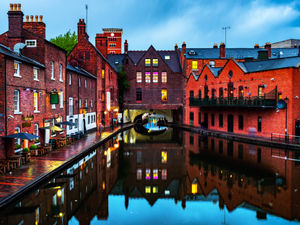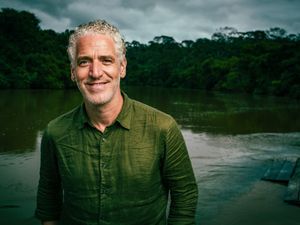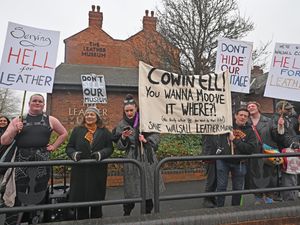Black Country Living Museum expansion seen in artist images
A masterplan for the Black Country Living Museum aims to boost its visitor numbers by more than 50 per cent – with 60 new jobs and 35 apprenticeships created.
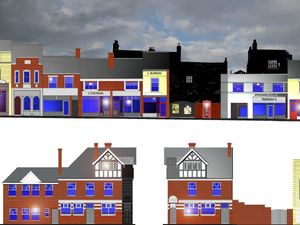
These artist’s impressions of the future of the museum in Dudley show how the attraction’s Forging Ahead project will look when it has taken shape.
Bosses are aiming to create a new development at the museum in Tipton Road, telling the story of the region between the 1940s and 1960s.
Plans have now been officially submitted for the scheme, which would see the museum expand in size by a third.

Upon completion, they are aiming to welcome 500,000 visitors a year – up from the current 300,000 – as well as bringing extra jobs and apprentices for people from the local area.
A museum statement said of the proposals: “We plan to create a new historic development set in the 1940s to the 1960s, telling the story of social, cultural, commercial and industrial life in the Black Country during this period.
“This will allow us to tell the story of the Black Country up to the closure of the Baggeridge Coal Mine in 1968 – which brought about the end of a unique era for the Black Country.
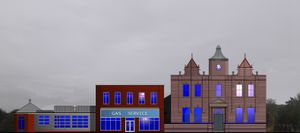
“We’ve identified a few buildings across the region that we want to translocate, recreate or replicate here at the museum.
“They could include a pub, shops, a hairdressers and an NHS clinic.”
Among buildings which will be saved and relocated to the museum site is the 1940s Gas Showroom from West Bromwich High Street.
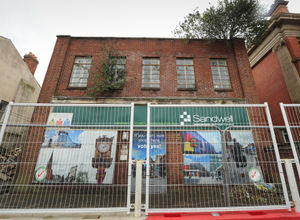
This will be moved to the museum base as part of the £21 million expansion project.
It was given the go-ahead to be demolished in May.
It has been taken down brick-by-brick and will be reassembled at the attraction exactly as it looked when in use.
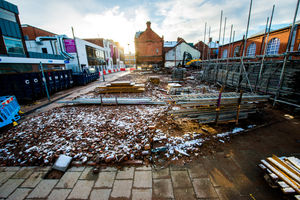
Jonathan Wilson, deputy chief executive of collections, learning and research at the museum, said: “The Gas Showroom is one of the key buildings we have identified to create at the museum as part of BCLM: Forging Ahead since it gives us the opportunity to tell a range of real Black Country lives and stories of social and domestic life from the 1940s to 1960s.
“The unsafe condition of the building in its current location means that its heritage cannot be saved in situ, but we are delighted to be able to extend its legacy at the museum for many years to come.”
Bosses at the BCLM had campaigned to save the building since 2015 and agreed to pay additional costs to make sure that it is taken down brick-by-brick.
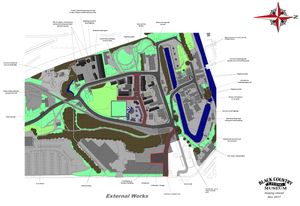
Former Culture Secretary, Karen Bradley, gave the museum’s plans her backing last year, saying: “Black Country Living Museum is a world-class attraction that tells the story of the region’s history and provides a real boost to the local economy. This exciting project, backed by £9.8m funding from National Lottery players, will help the museum reflect an important time in the area’s past and preserve its historic buildings for the future.”
Meanwhile, Roy Kerslake, the chief executive officer of the Heritage Lottery Fund, said of the project: “Black Country Living Museum is one of the UK’s most popular open-air museums bringing knowledge of the country’s industrial past to a national and international audience. It also has a reputation for working brilliantly with local communities.
“These latest plans reflect an ongoing commitment to sharing the stories of those who lived in the area and who made it what it is today. Our funding, which is made possible thanks to National Lottery players, will help update the wider site making it a visitor attraction truly fit for the 21st Century.”
Covering 26 acres of former industrial land, BCLM lack Country Living Museum is uniquely placed to tells the story of the creation of the world’s first industrial landscape.

